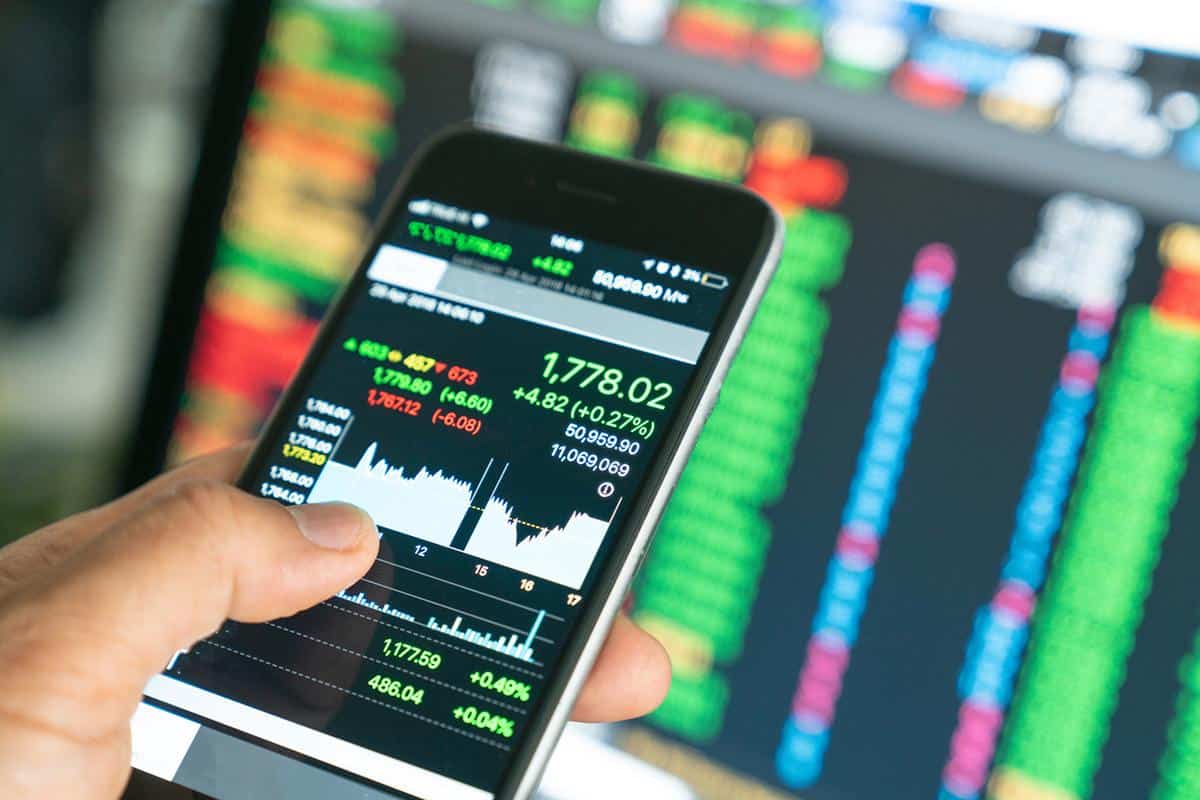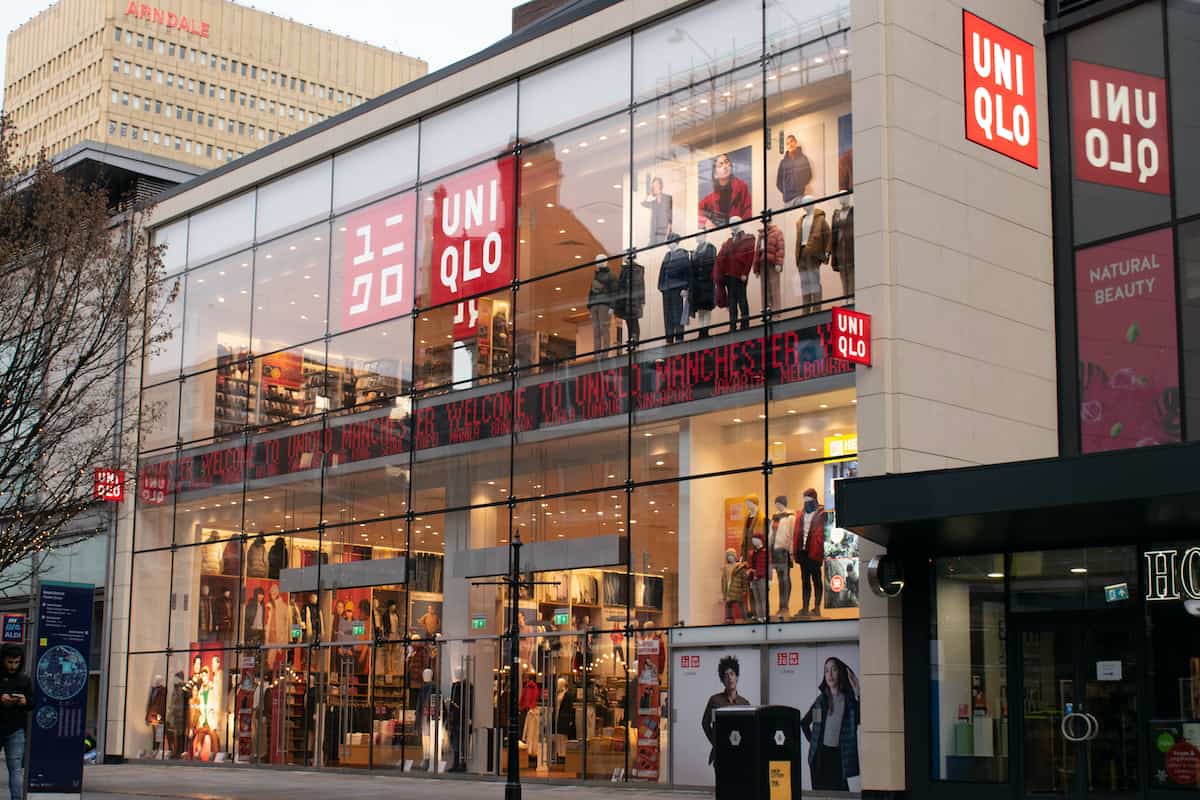With fewer than half of SME retailers thinking that they will be thriving in 2030 – a mere 10 years hence – retailers are facing a stark choice: find the ways in which they can attract shoppers, or die.
But what exactly do they need to do to thrive and grow?
A look at this week’s news in the Growth 2000 sector suggests that the key lies in looking at international expansion, marketplaces and mobile.
While China may be persona non grata currently, thanks to Coronavirus, this temporary blip can’t detract from just how important an export market this could be for UK etailers. There is a hunger for all things British and, now post-Brexit, is the time to start to look East.
Similarly, there are opportunities in other Asian markets, all of which are embracing online technology – through mobile, as we shall come to – and are ripe to buy.
Meanwhile, now that Brexit is ‘done’, it is also time to look at how to exploit EU markets too. While many of you will already be there, how you operate and how you sell is set to change by this time next year – and you may need help with new rules, regulations and more.
One way around this is to use marketplaces, as they take much of the pain of having an international presence out of your hands. For example, Muloot, a leading eCommerce Business Growth agency, has acquired Pivot International, an outsource marketplace services organisation, to enhance its multi-layered global expansion services for marketplaces and marketplace merchants.
Using marketplaces and more importantly third party marketplace services companies to help you is going to be key to expanding internationally and, probably, managing expansion into the newly shunned EU.
The other factor for growth that in many ways ties all this together is mobile. A global study of 6,000 consumers in select countries in Europe, APAC and the Americas, commissioned by Wirecard, finds that globally and regionally, consumers want to use new technologies that make the shopping experience more convenient.
According to the study, this means using an app to purchase products using the self-checkout (71% somewhat or very interested), smart mirrors to allow them to view additional products, request other items and purchase goods without a checkout (65% somewhat or very interested) and unmanned stores like Amazon Go (61% somewhat or very interested).
They also want to use virtual reality (VR) to try on items of clothing before buying them online (61% somewhat or very interested).
Interestingly, shoppers from Malaysia, Thailand and Brazil were among the most open to using these new technologies, with shoppers from the US, Australia and France among the lowest.
The interesting thing is that shoppers are driving this – and that shoppers everywhere around the world are driving this. To grow you need to look overseas and to make that happen – along with domestic growth – mobile has to be a central tenet of what any retailer now invests in.
It has long been seen as the glue that holds ommi-channel retailing together, but this is perhaps now more true than ever. It is the tool that shoppers use across all channels, including in store, and it also where they hit marketplaces. And it is all consumers, everywhere – tapping into all these people is where growth will come from.









